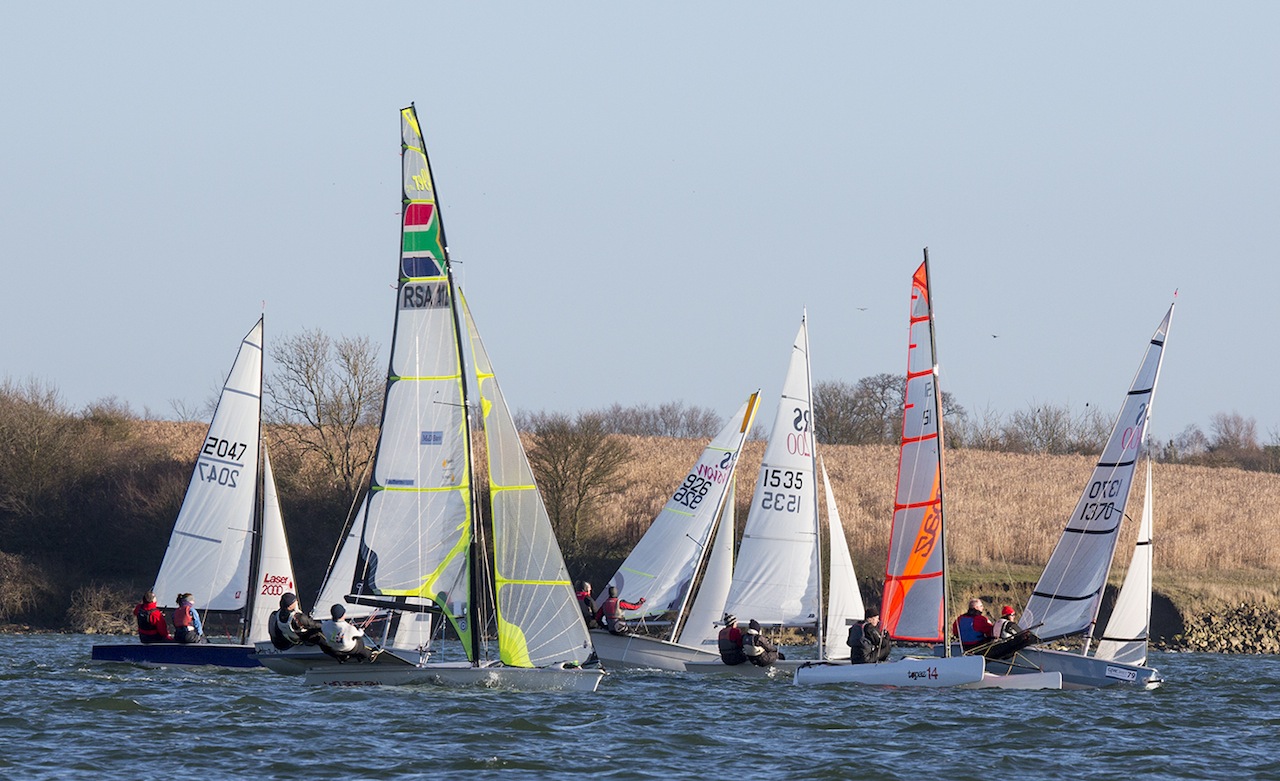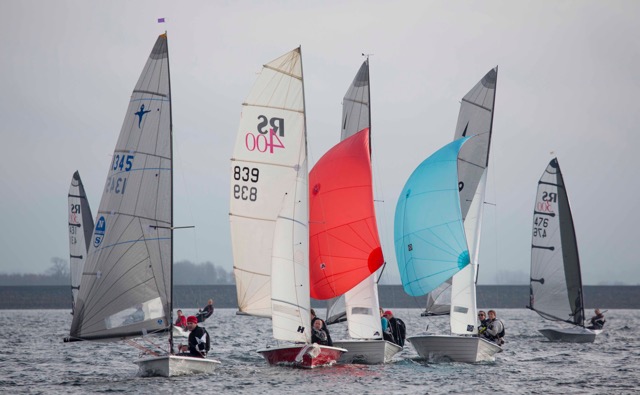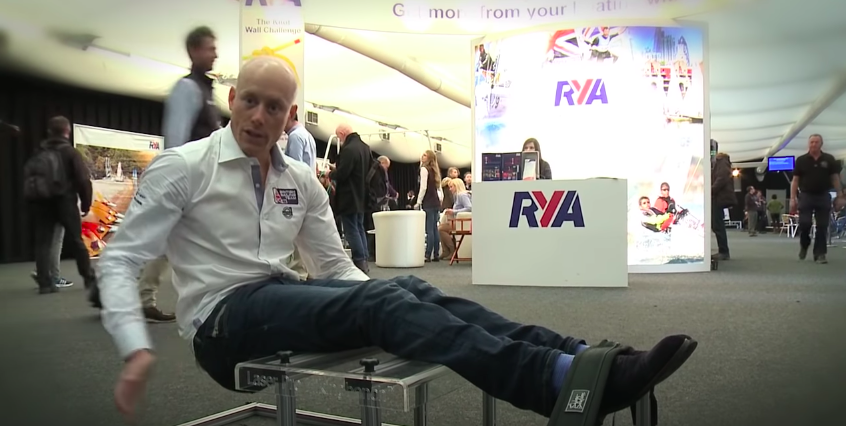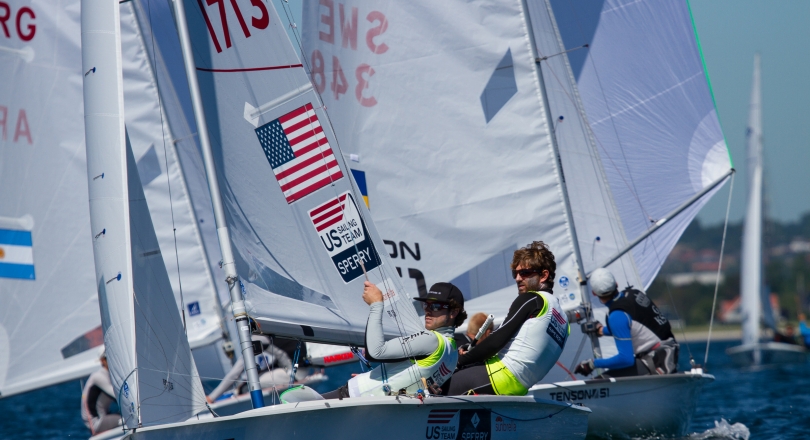Introduction to fitness training for sailing
Craig Williamson is a top Laser sailor in the UK and also works as a fitness consultant to some top racing teams. This is the start of a new series where Craig shares his thoughts on what sailors need to know about being fit to win. Listen to what Craig has to say here....
Why you need to be fit for sailing
Sailing is a physical sport and for the majority of classes being fitter will improve your chances of getting around the racecourse more quickly and finishing higher up the fleet., fitness training is taken extremely seriously at a professional level; with sailors having support from sport scientists, physiotherapists and strength and conditioning coaches. It is common for sailors to train in the gym twice a day as well as many hours on the water. However, fitness is something that is very often overlooked at an amateur level, despite the fact that it is likely to give sailors a huge performance benefit. In some cases time spent focusing on fitness training can give a bigger performance gain than splashing out for the brand new kit.
By sailing frequently you are likely to become fitter; however, the nature of the sport means that you have little control over the environment; sailing regularly in light conditions won’t help to prepare you physically for a regatta where it could be 20 knots every day! By supplementing sailing with fitness training you can work on individual physical qualities that influence sailing performance while being in a controlled environment. Although most classes differ in their physical demands, qualities that are important in sailing include; strength, power, aerobic capacity, core strength and agility. Specifically designed fitness training will help you improve these qualities to a greater extent than sailing alone and can also reduce the risk of injury.
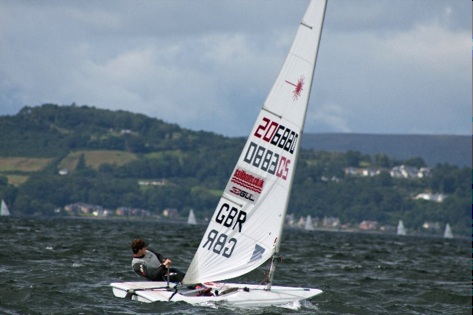
Craig Williamson working hard in the Laser
Considerations before starting your exercise training program
You should set yourself goals of what you wish to achieve. One of the articles in this series will cover fitness testing and monitoring which is useful as it lets you gauge your current level of fitness and allows you to set realistic targets. All that is needed then is the appropriate training to reach those targets and a bit of hard work in the gym!
You should consider how much fitness training you currently do and avoid sudden spikes of increased training intensity and volume. The build up to a championship can be from several months to several years and training should gradually progress and become more specific to sailing as you build up in the months leading to a championship. In the early stages this is a good opportunity to do a large variety of training and/or play other sports. As you get closer to your target event it is a good time to start doing more sailing specific exercises. If you struggle to get time on the water then you may benefit from allocating a larger proportion fitness training to simulating sailing activities in the gym (e.g using a hiking bench); whereas if you are able to do a good amount of sailing then it could be more beneficial to spend more of the fitness training time working on the important physical qualities (e.g lifting weights to improve strength or cycling to improve aerobic capacity).
One of the hazards of sailing is that there is a risk of injury and it is important that fitness training doesn’t aggravate an existing injury or cause a new one, possibly resulting in time out of the boat. If you have an existing injury then try to get advice from a sports therapist or physiotherapist prior to starting your new training program. One of the articles in this series will cover some injury prevention strategies for common sailing injuries. It is important to warm up before training as it can reduce the risk of injury and also prime the body to perform better during the training. A good warm up will contain a pulse raising activity, some mobility and dynamic stretching followed by gradually building up the intensity of the exercise that you are about to do in the session.
Future articles in the series will cover some specific exercise plans for both hiking and trapeze sailors.

